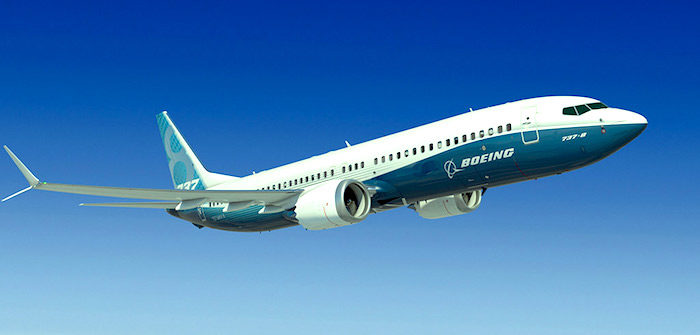
© BoeingBoeing 737 MAX8
Days after media reported that the troubled Boeing 737 MAX 8's certification lacked proper oversight and analysis, two US departments are looking into how the new jet was allowed to fly with a suspect flight control device.
A grand jury in Washington DC has subpoenaed at least one person behind the Boeing 737 MAX's certification, according to the
Wall Street Journal. The subpoena,
initiated by the Justice Department's criminal division, seeks documents and correspondence relating to the aircraft, which has been marred by
two crashes in less than a year and is now grounded across the world.Meanwhile, the
Transportation Department's inspector general has launched a separate probe into the approval of the 737 MAX by the Federal Aviation Administration (FAA).
The news comes amid mounting backlash against Boeing's latest narrow-body aircraft. The company has
delivered 371 MAX models around the world, and practically all of them are now grounded pending the results of probes into the Ethiopian Airlines crash that killed 157 people earlier this month.
Notably, the crash bears "clear similarities" to the Lion Air disaster in Indonesia, in which 149 people died in October aboard another 737 MAX, French investigators
said in a statement Monday.
Meanwhile, a damning report by the
Seattle Times, the hometown newspaper of Boeing HQ,
alleged that the FAA delegated crucial parts of the certification process to the corporation itself. It emerged that
Boeing's analysis contained flaws, including several relating to the so-called Maneuvering Characteristics Augmentation System (MCAS), a controversial flight control system investigators believe played a role in both incidents.
The 737 MAX has larger and more powerful engines, which shifted the airplane's balance and made it prone to sudden stalls mid-flight. The MCAS was designed to make micro-adjustments to the tail's angle to push the nose back down and counteract this.
However, Boeing's engineers "understated the power of the new flight control system," the report said, as the system was capable of moving the tail more than four times farther than mentioned in the initial safety analysis document.
America's largest aerospace company may have cut corners to certify the plane quickly so it could compete with Airbus' new A320neo family, the MAX's direct competitor. The Transportation Department's inquiry is specifically targeting the MCAS, according to the
WSJ.Another alarming finding in the report is that
Boeing did little to brief airlines and pilots about the MCAS and ways of handling it - particularly, how to disengage it in case of emergency - before the 737 MAX was put into service in 2017.
Boeing has promised to design a software fix to address some of the troubles caused by the MCAS, but it has already suffered losses on the back of the Ethiopian tragedy. The company's market value dropped by nearly $26 billion, with analysts predicting a steep decline of its stock price and investments.

Comment: More from RT: European air regulator doesn't trust American FAA, will keep 737 MAX grounded pending extra tests